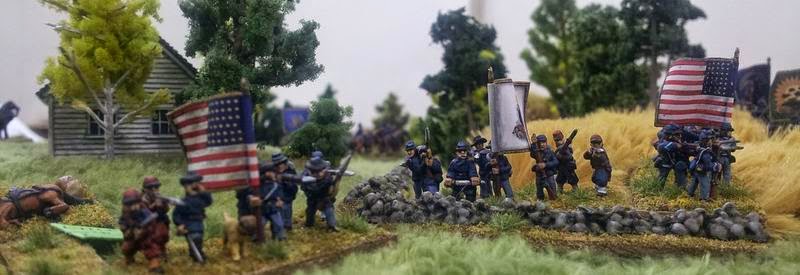Pisząc jakiś czas temu na temat książek o bitwach pod Zentą i Wschową przyczepiłem się do błędnego, moim zdaniem użycia wyrażenia skwadron, zamiast poprawnego - szwadron, w odniesieniu do pododdziału taktycznego kawalerii. Od tego czasu przeczytałem kilka dość dobrych książek w języku polskim, gdzie ten nieszczęsny skwadron znów się pojawiał i mnie prześladował.
I oto wczoraj otworzyłem książkę Jana Wimmera "Odsiecz wiedeńska 1683 roku" (wyd. Demart, 2008) i tam, przy opisie armii cesarskiej stoi jak byk: "jednostką taktyczną w kawalerii były dwukompanijne szwadrony".
szwadrony
szwadrony
Dziękuję, panie profesorze. Panowie i panie, po prostu - szwadrony.
szwadrony
I tą optymistyczną informacją chciałby pożegnać mijający rok 2015 i wejść w nowy rok 2016, w którym oby przydarzały nam się same tak miłe rzeczy, czego sobie i czytelnikom tego bloga życzę.































